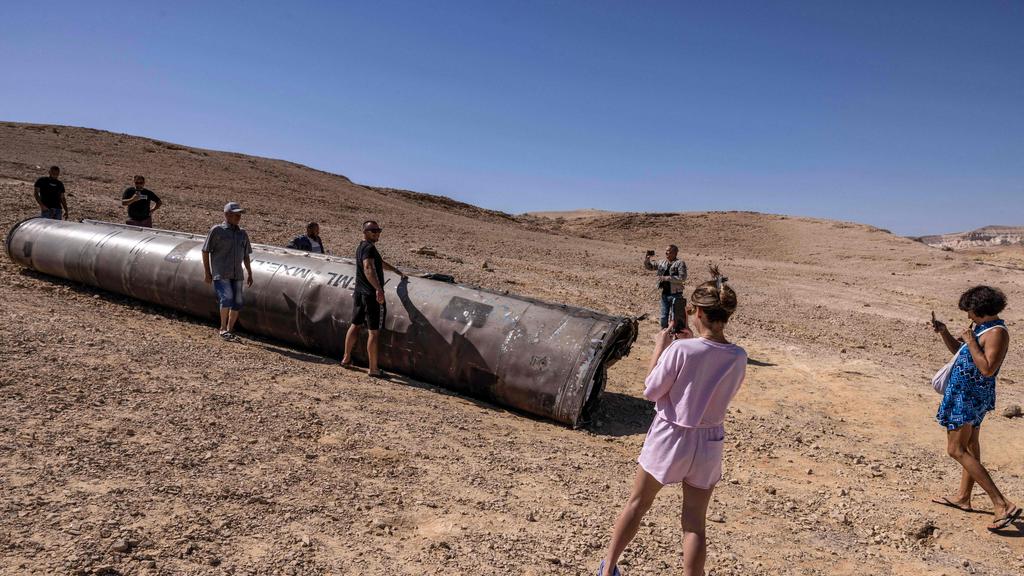Dark tourism, the act of visiting sites tied to human tragedies, has shifted from niche interest to global trend, driven by high demand from affluent travelers. Expected to hit $31.89 billion in 2024 and grow to $40.82 billion by 2034, dark tourism includes visits to war-torn regions, natural disaster sites, genocide memorials and places marked by terrorist attacks.
As destinations like Ukraine, Israel, and Afghanistan join popular sites such as Auschwitz and Hiroshima, the ethics and safety of this rising market face scrutiny.
Dangerous destinations draw tourists
While tourism agencies increasingly promote war-torn areas, these locations often lack the security measures necessary to protect visitors. For instance, Visit Ukraine, a Ukrainian government-backed agency, began offering tours of Kyiv’s war-damaged sites as early as April 2022, shortly after Russian forces withdrew from the area.
Travelers to Ukraine are advised to install apps like Air Alarm, which provides notifications on incoming threats from the Civil Defense System. This approach has sparked concern among experts, who warn of heightened risks and the troubling impact on visitors’ sensitivity to human suffering.

Revisiting pain: Psychological pull of dark tourism
According to Dr. Merve Setenay Gurbuz of Moodist Psychiatry and Neurology Hospital, dark tourism attracts visitors not for leisure or happiness, but for solemn reflection and connection with history’s sorrows.
“While mourning can be a healthy response,” Dr. Gurbuz explains, “some people may find unconscious satisfaction in melancholy, which can indicate underlying traumas.”

Celebrities flock to Gaza’s war-torn border
In recent months, Israel has become a focal point for dark tourism following the Oct. 7 attacks. Figures like Jerry Seinfeld, Elon Musk, Michael Douglas, and former U.S. candidate Nikki Haley have been seen near Gaza’s devastated southern region.
TIME Magazine reported that celebrities, politicians, and influencers are increasingly drawn to these tragic sites, often sharing images from heavily damaged areas near the border.
Curiosity as driving force
Huseyin Kurt, chairman of the International MICE Industry Association, links the appeal of dark tourism to human curiosity, especially concerning conflict zones like Afghanistan or Syria, where knowledge is often limited. Reflecting this curiosity, Murat Cakan of Royal Diamond Group notes that around 25,000 tourists visited Afghanistan last year.
Similarly, Tulga Ozan of World Unchanged Travel reports high demand for West African excursions costing $6,000 to $7,000 and tours to Gabon priced around $8,000.
